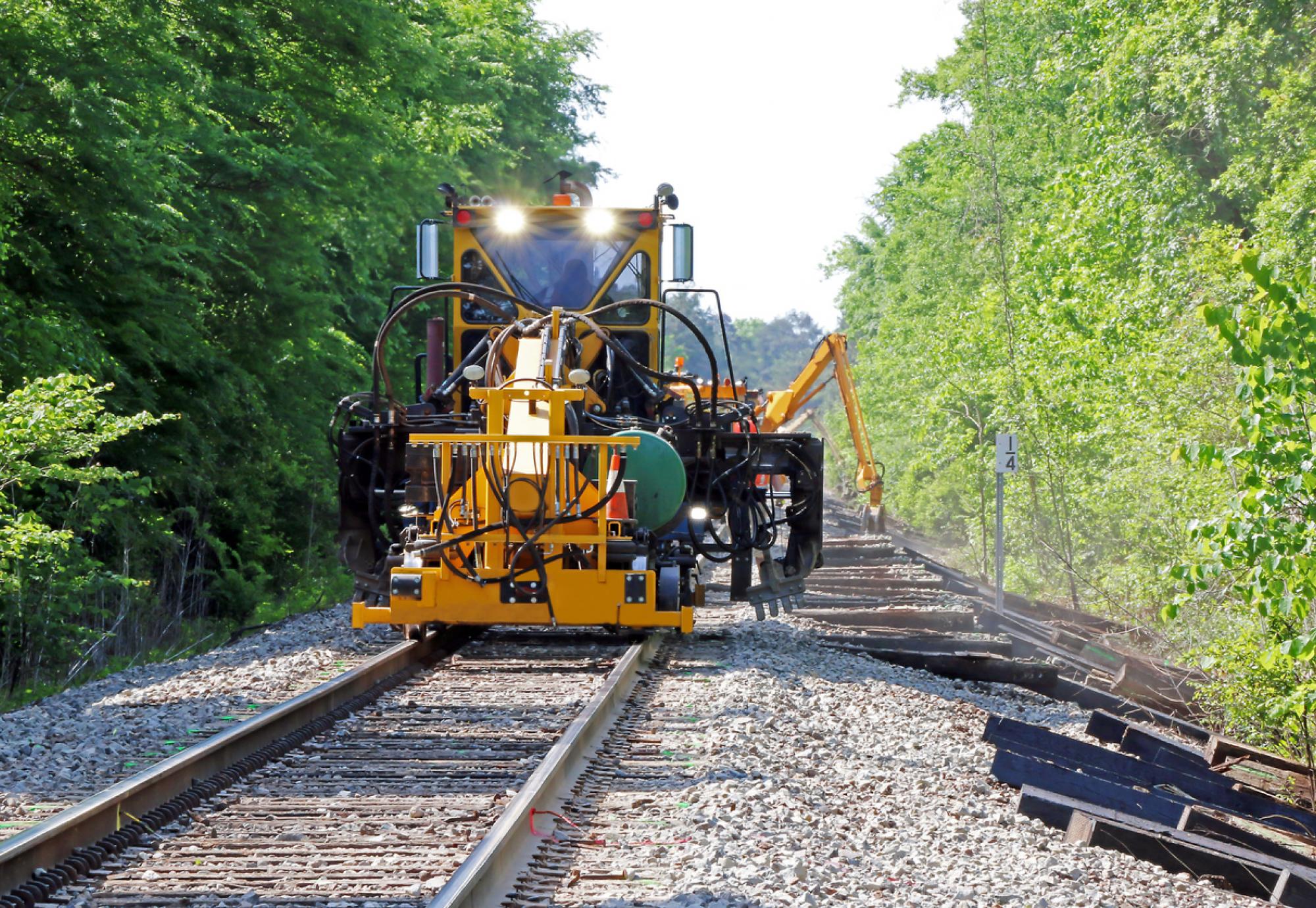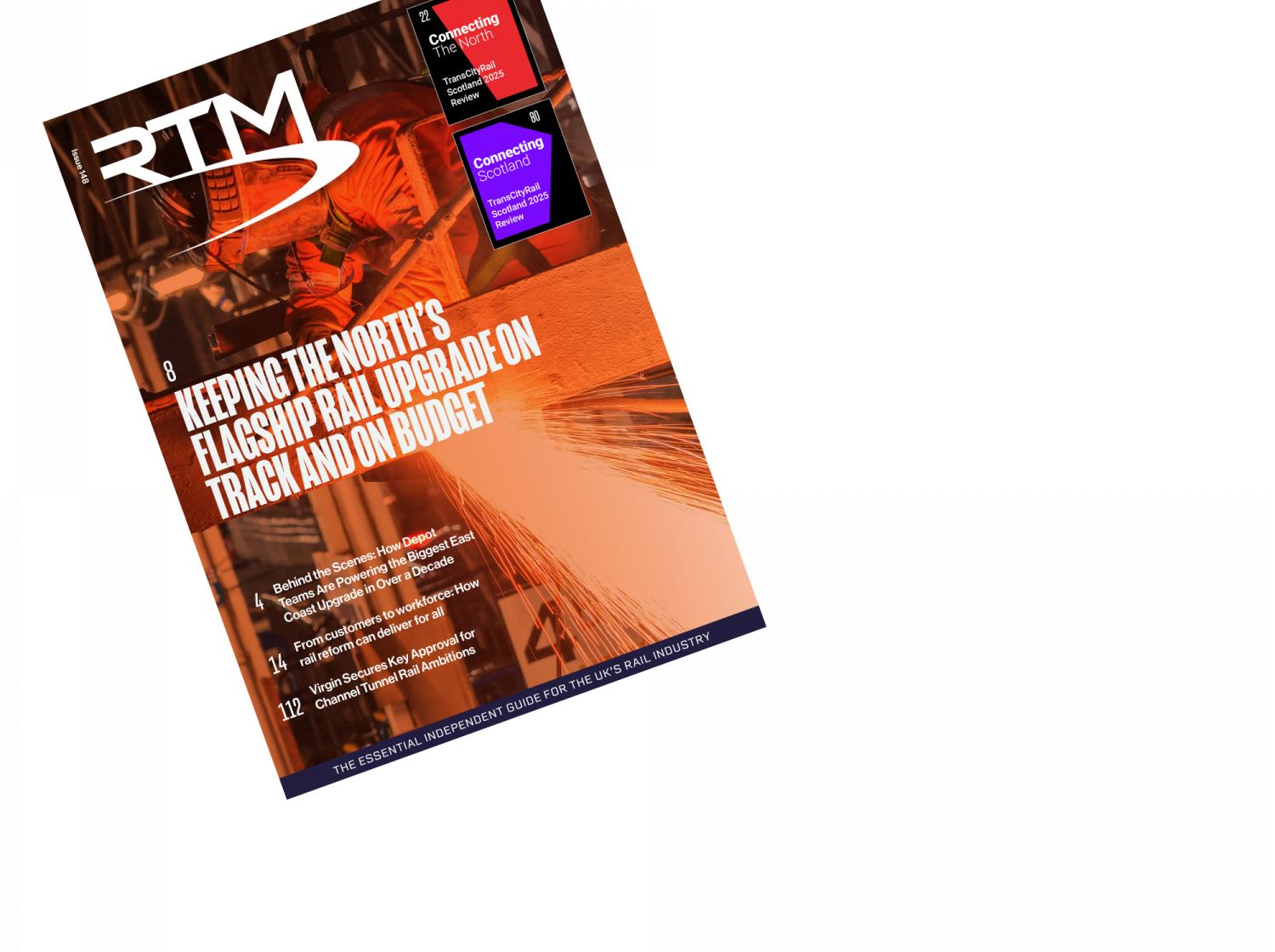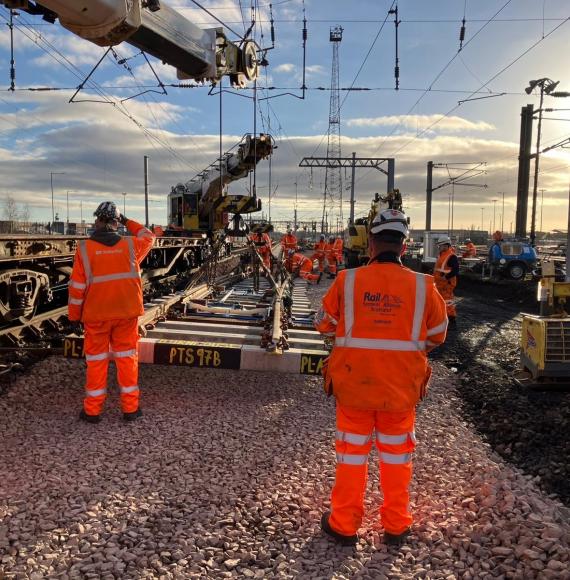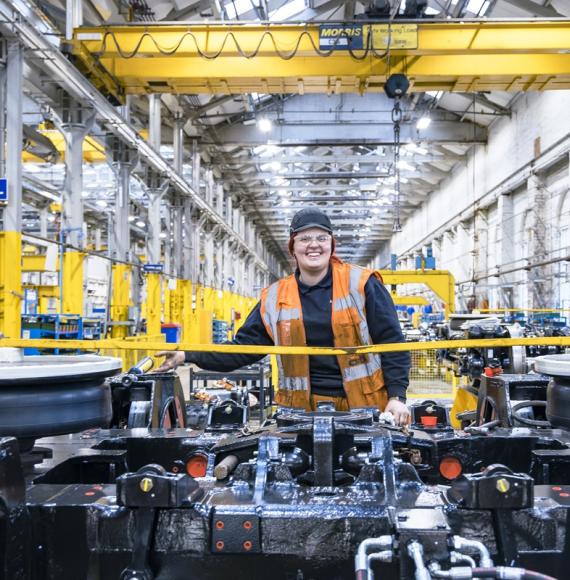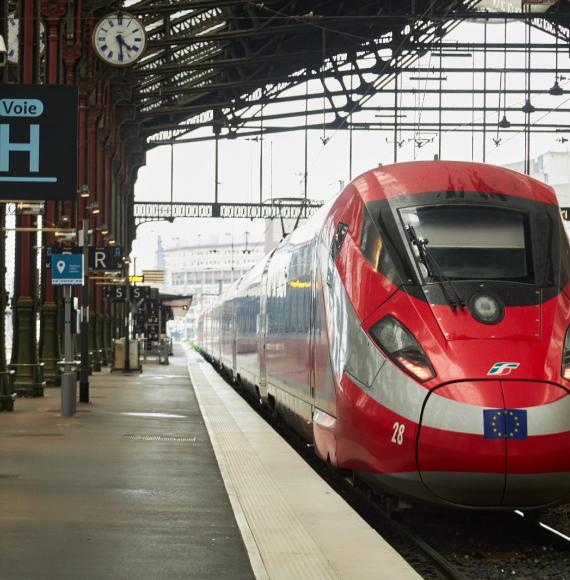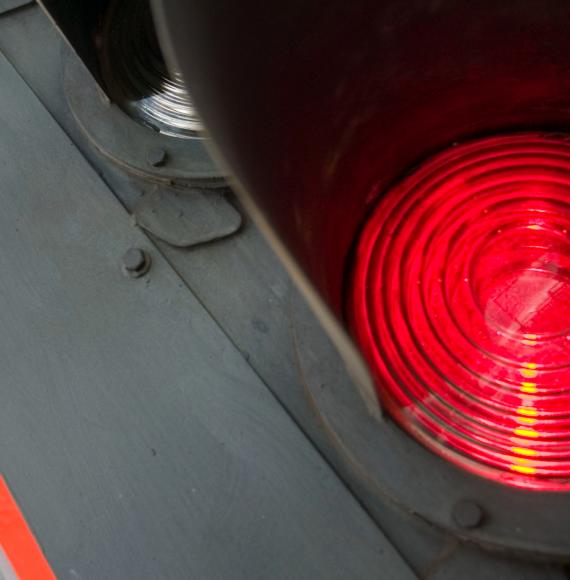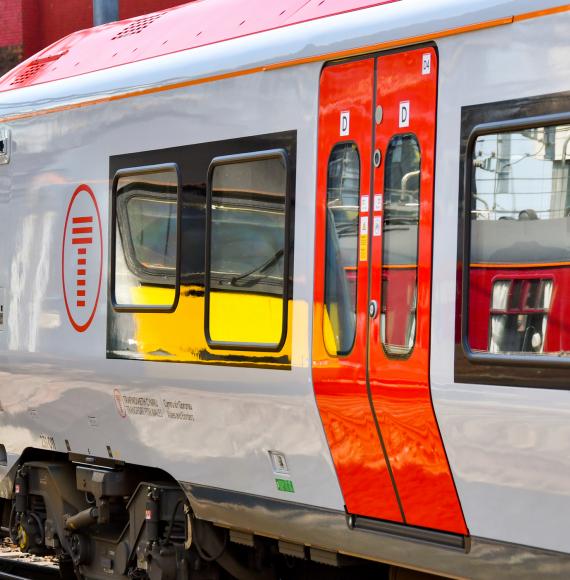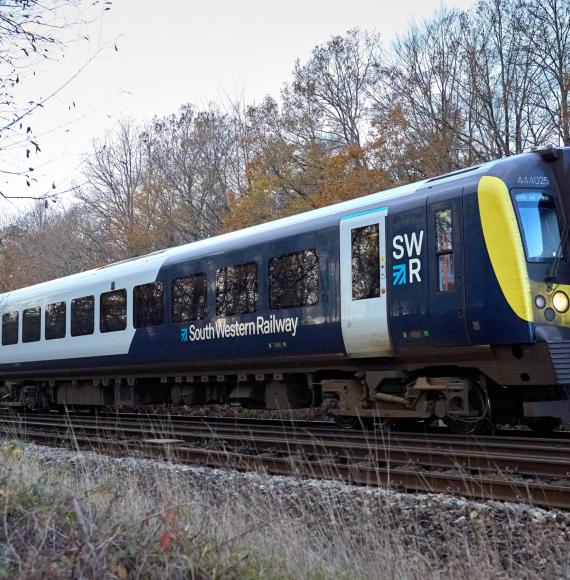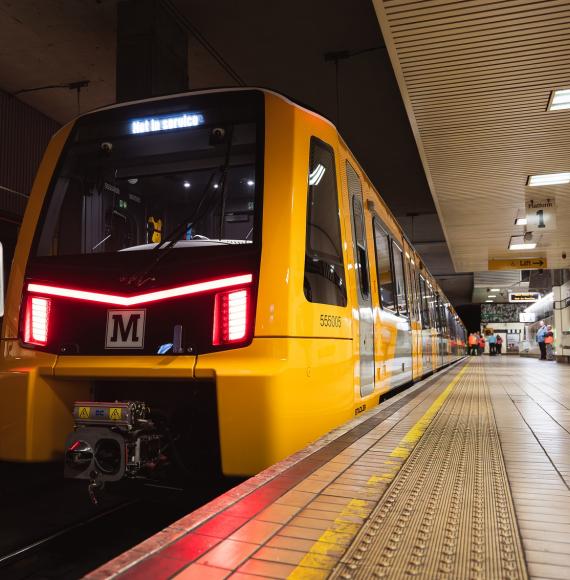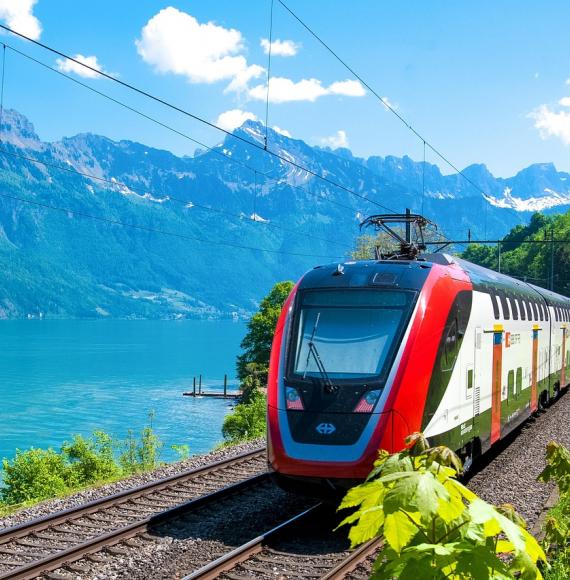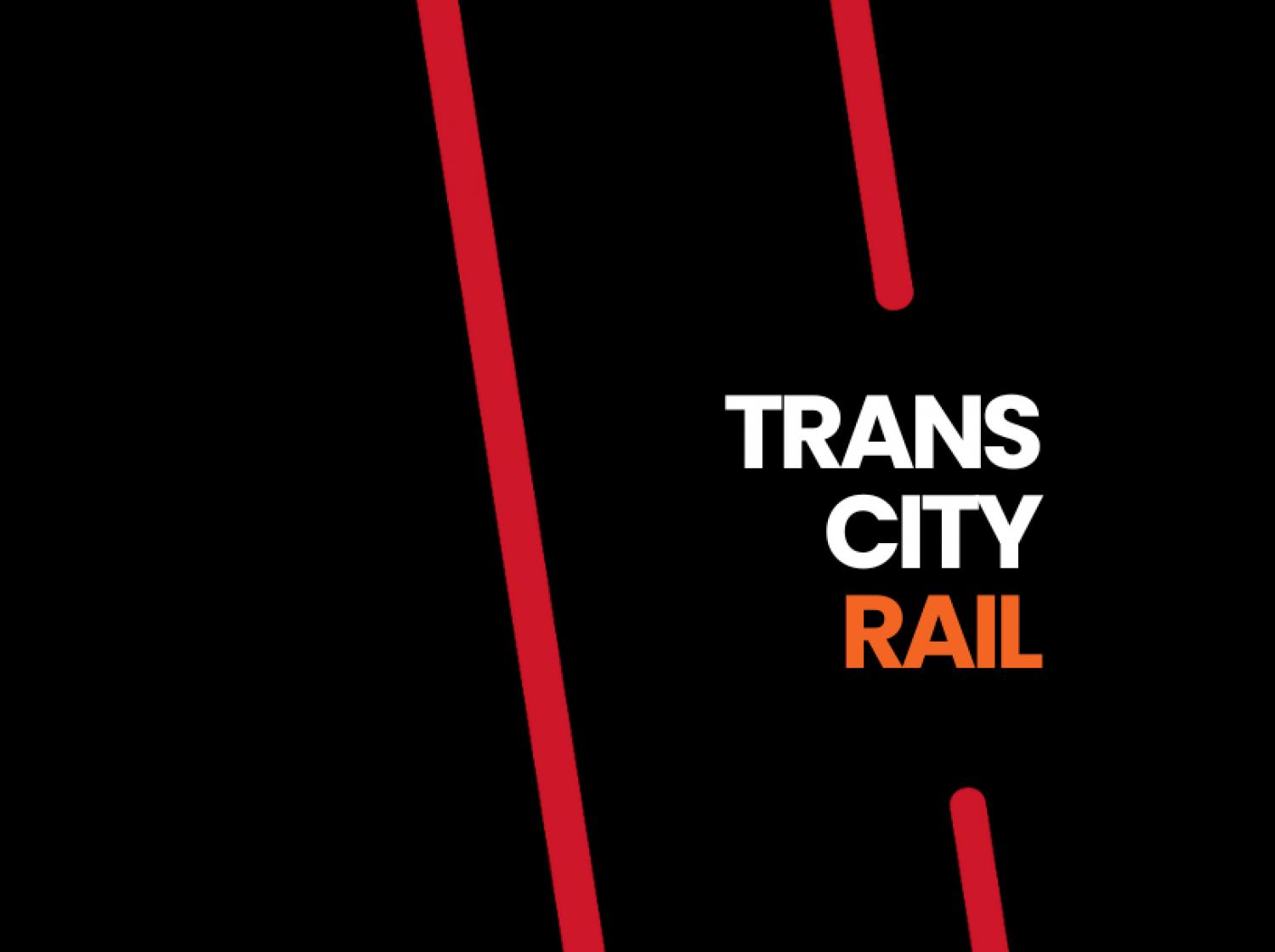A report has been undertaken to discover the cause of an unfortunate crash between two road-rail vehicles in Essex on the 2nd May 2021, revealing that the driver in question was disoriented due to beating sunlight. The Rail Accident Investigation Branch also discovered that lessons from an earlier, similar incident were not learned, meaning this could have been avoided with proper due diligence.
The 2021 incident in question occurred near Ramsden Bellhouse, Essex, where two rail repair vehicles had collided after traversing the same track towards Wickford station. The vehicles came as part of a Network Rail operation with the ambition to repair overhead lines to ensure passenger travel reliability.
The crash occurred after a mobile elevating work platform (MEWP) was left stationary and was subsequently struck from behind by a road-rail machine, configured as a crane, travelling at around 7.5mph. The MEWP operator had left his vehicle stationary, around 10 seconds before the collision, to stow away a tool which had become loose in the personnel basket of his machine. As a result of this crash, the driver suffered life-changing injuries.
The crane operator’s vision had become distorted due to the blazing sun rising ahead of him, leading to him seeking to relieve his eyes as he turned to look through a side window. However, during this action he had not applied the brakes, resulting in the aforementioned MEWP collision.
Network Rail’s operational standards require operators of these types of machinery to maintain a minimum separation distance of 100 metres when travelling in convoy with other vehicles. Before this collision however, the crane operator had allowed the gap between the crane and the MEWP to reduce so that, when the MEWP stopped, it was only about 30 metres. The drastic difference in regulation and operational distance at the incident reduced the time that the crane operator had to observe and react to the obstruction ahead.
Another contributing factor in this incident was driver fatigue, after the report discovered that the crane operator had not taken advantage of the opportunity to rest before the nightshift at a hotel provided by his employers. The affect of fatigue on the drivers of rolling stock can be extremely hazardous, as shown through the tragic incident of the Sandilands crash. This incident has lead to innovative thinking from leaders in the industry to adapt and overcome the challenges relating to fatigue management. Jackie Townsend, Managing Director at Tram Operations Limited, recently sat down with Rail Technology Magazine to discuss solutions being implemented to combat driver fatigue.
Andrew Hall, Chief Inspector of Rail Accidents said:
“Sadly, this readily avoided accident led to a member of railway staff sustaining life changing injuries.
“Bright sunlight can temporarily dazzle or obscure vision. It is important that those driving vehicles by line of sight, slow sufficiently or stop if visibility becomes poor. Even momentary dazzling can lead to an unsafe situation rapidly developing.
“When operating rail-road machines on the railway it is essential to maintain the defined safe distance of 100 metres with other moving vehicles. This accident involved differential speeds dangerously reducing the distance between the vehicles from 90 metres to approximately 30 metres during the journey.
“Recognising the true distances involved, as well as the potential consequence of road-rail vehicles travelling in convoy at different speeds, is vital to maintaining safe distances between vehicles.
“What is particularly frustrating about this accident, is that lessons from a previous accident involving the same contractor had not been learned.
“Both accidents shared similar factors including a lack of adequate separation between vehicles, a loss of attention and avoiding action not being taken.
“Not applying these lessons to improve planning of work or the site assurance processes was an opportunity missed to avoid a collision with severe consequences.”
Want to know more about the opportunities to become a key supplier to the UK rail industry? Attend TransCityRail and access an exclusive marketplace of buyers from Network Rail, HS2, Train Operators, Major Contractors, and all other tiers of the supply chain. For more information and to secure your place click here.

